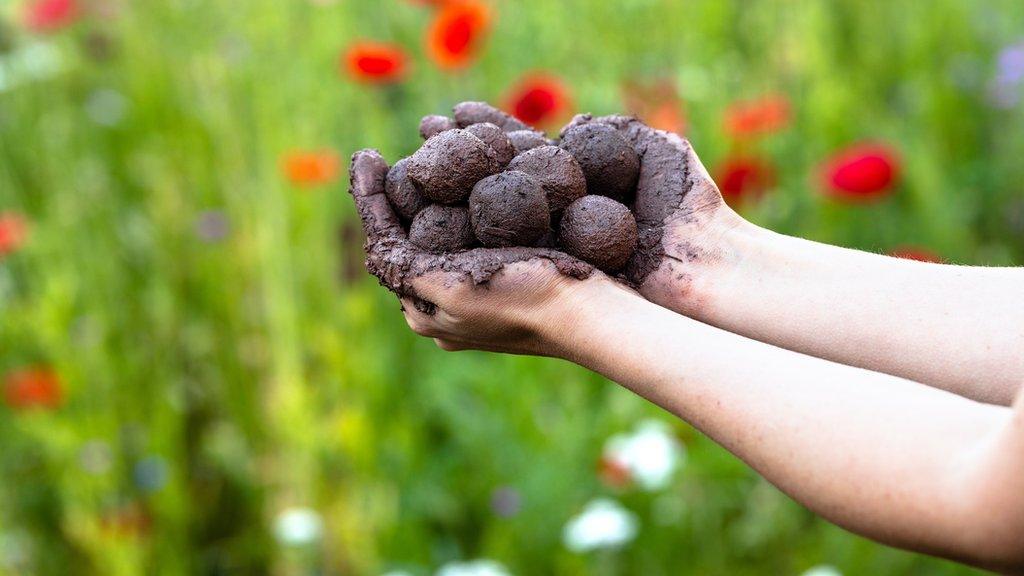Kew Gardens' Millennium Seed Bank hits major milestone
- Published
- comments
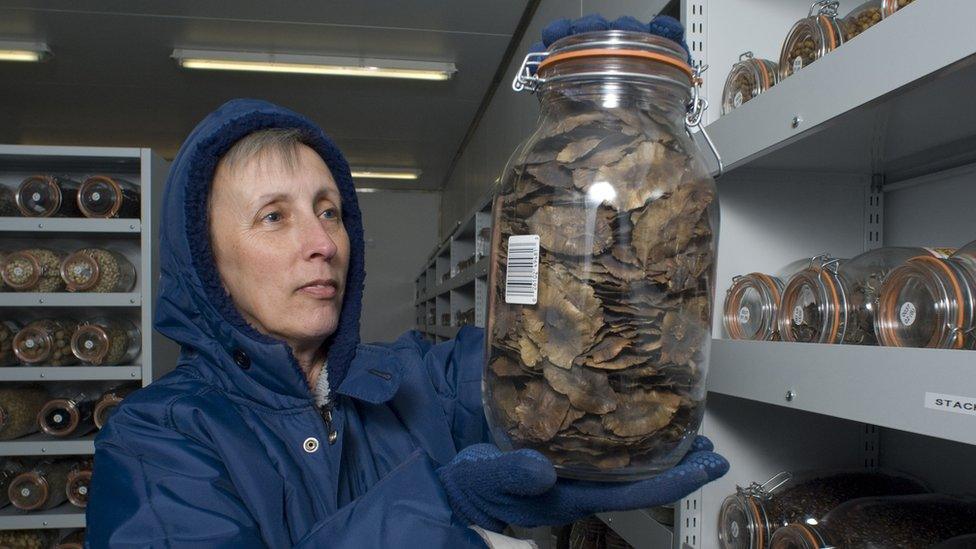
Otherwise known as the Noah's Ark of seeds, the Millennium Seed Bank holds nearly 100,000 seed collections from around the world
A project to protect plant species from around the world has hit a major milestone.
The Millennium Seed Bank (MSB), which was created more than 20 years ago, is the largest seed facility on Earth and it now holds more than 40,000 species of plant.
Researchers at Kew Gardens in London created the MSB to preserve rare, threatened and important wild plants.
Sir David Attenborough said it's "perhaps the most significant conservation initiative ever".
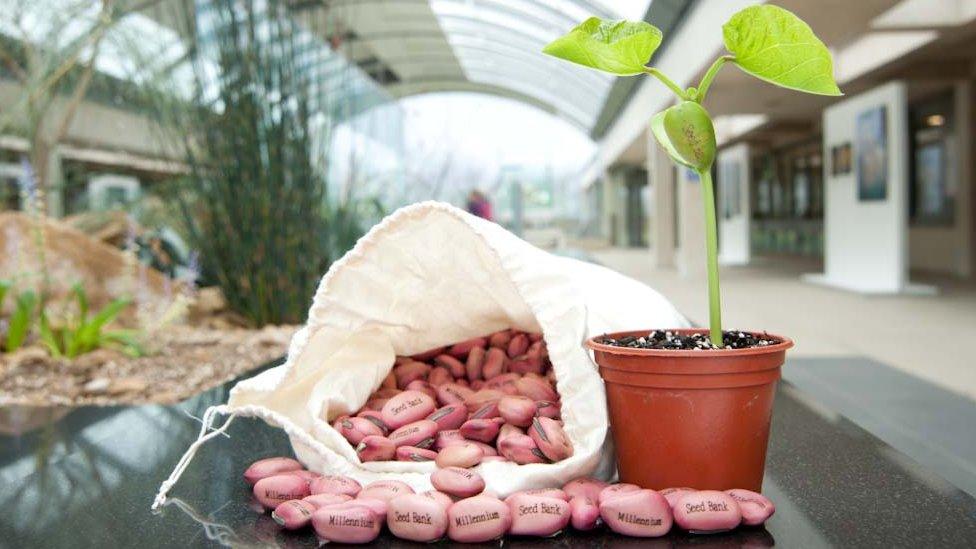
Protecting our plants is needed now more than ever after a special project looking into how plant life in the UK and Ireland has changed has found a "devastating loss" to native plant species.
And it's not just happening here, it's a problem around the world due to climate change and because humans are using habitats for food and housing.
Dr Kate Hardwick, conservation partnership coordinator at the MSB, said: "Scientists at Kew estimate that two-fifths of all plants are threatened with extinction in the wild and that shows us just how big of a crisis we are facing in terms of biodiversity loss."
The Millennium Seed bank holds some unique plants including:
The world's smallest waterlily
A rare and threatened pea unique to eastern Australia
Antarctic hair grass which is one of the only two flowering plants native to the frozen continent
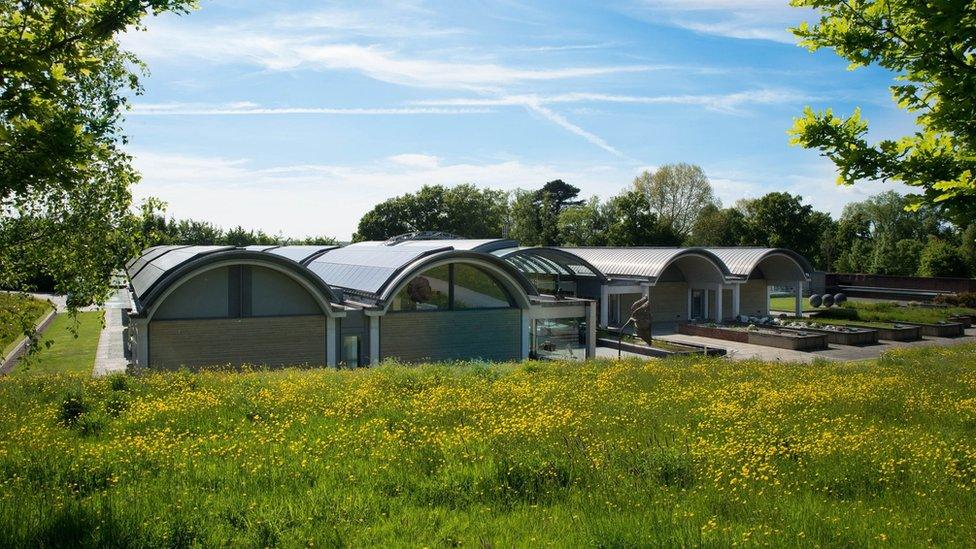
The MSB looks after plants themselves as well as their seeds
The MSB stores nearly 100,000 seed collections found in 190 countries and territories across all seven continents.
It's no wonder it gets the nickname 'the Noah's Ark for plants'.
The initiative is important because it acts as a resource for saving plants that are close to going extinct or if they suddenly didn't exist for any reason.
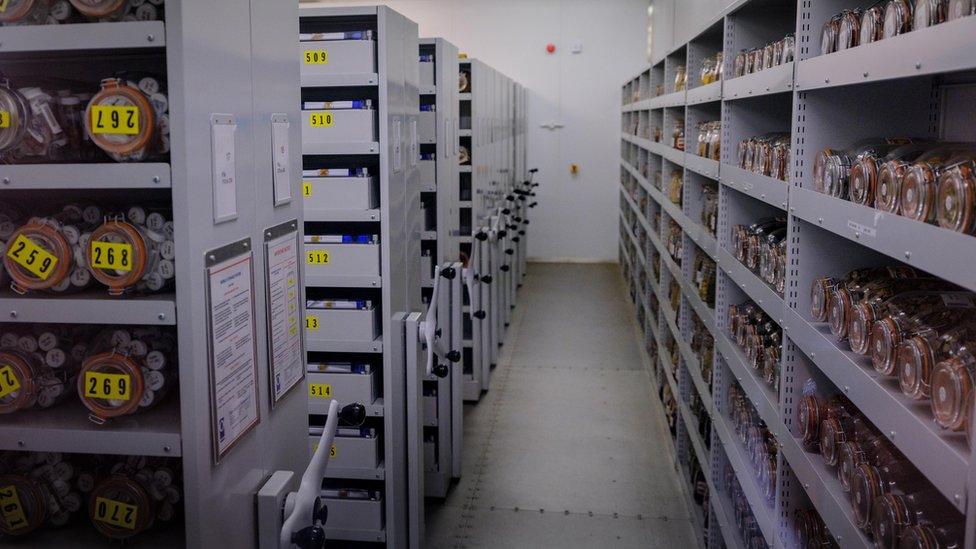
So many seeds
How do they look after seeds and plants at the Millennium Seed Bank?
When seeds arrive they are dried, cleaned and X-rayed for signs of pests.
It's important to dry the seeds out just the right amount. Dry them out too much and they could be damaged but removing the most of moisture means they'll survive for longer.
After that, they are stored at minus 20C where they can survive for hundreds of years.
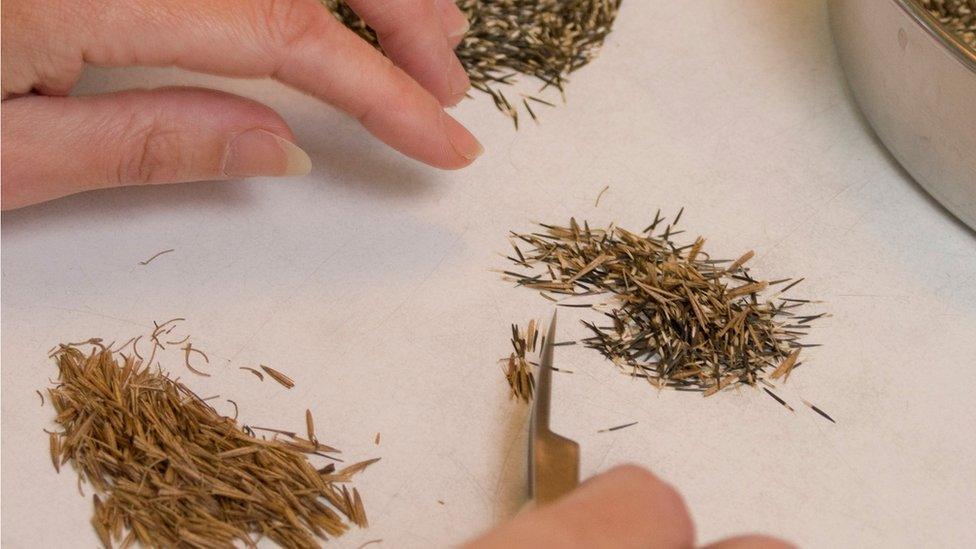
It's a painstaking process to get the seeds ready for storage
Every 10 years they are removed and placed in petri dishes to see if they start to grow.
This means scientists can see how healthy the seed collections are and also develop methods to turn them into fully-grown plants.
Up to 20 percent of flowering plants can't be stored like this though because the seeds just don't like being dried out.
Scientists are working on ways to get around this and extend their lifespan.
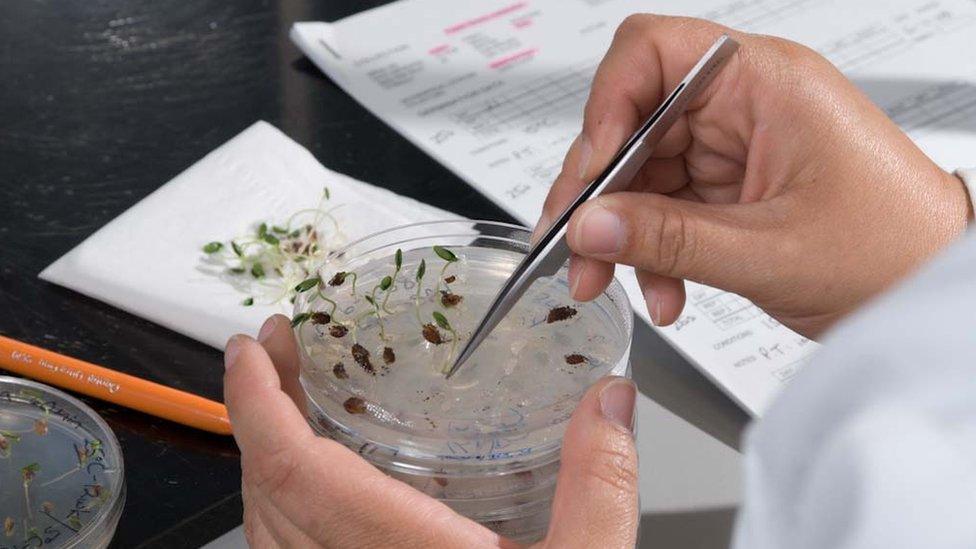
Every 10 years scientists try and grow the seeds they've been storing
The researchers working at the MSB don't just look after the seeds and plants there, they also help to preserve relatives of the crops we eat in their natural ecosystems.
Minister for biosecurity Lord Benyon said: "Kew's world-leading collection of diverse plants will be an important tool in tackling the challenges facing our nation today, including maintaining our food security, biosecurity loss and climate change."
- Published2 February 2022
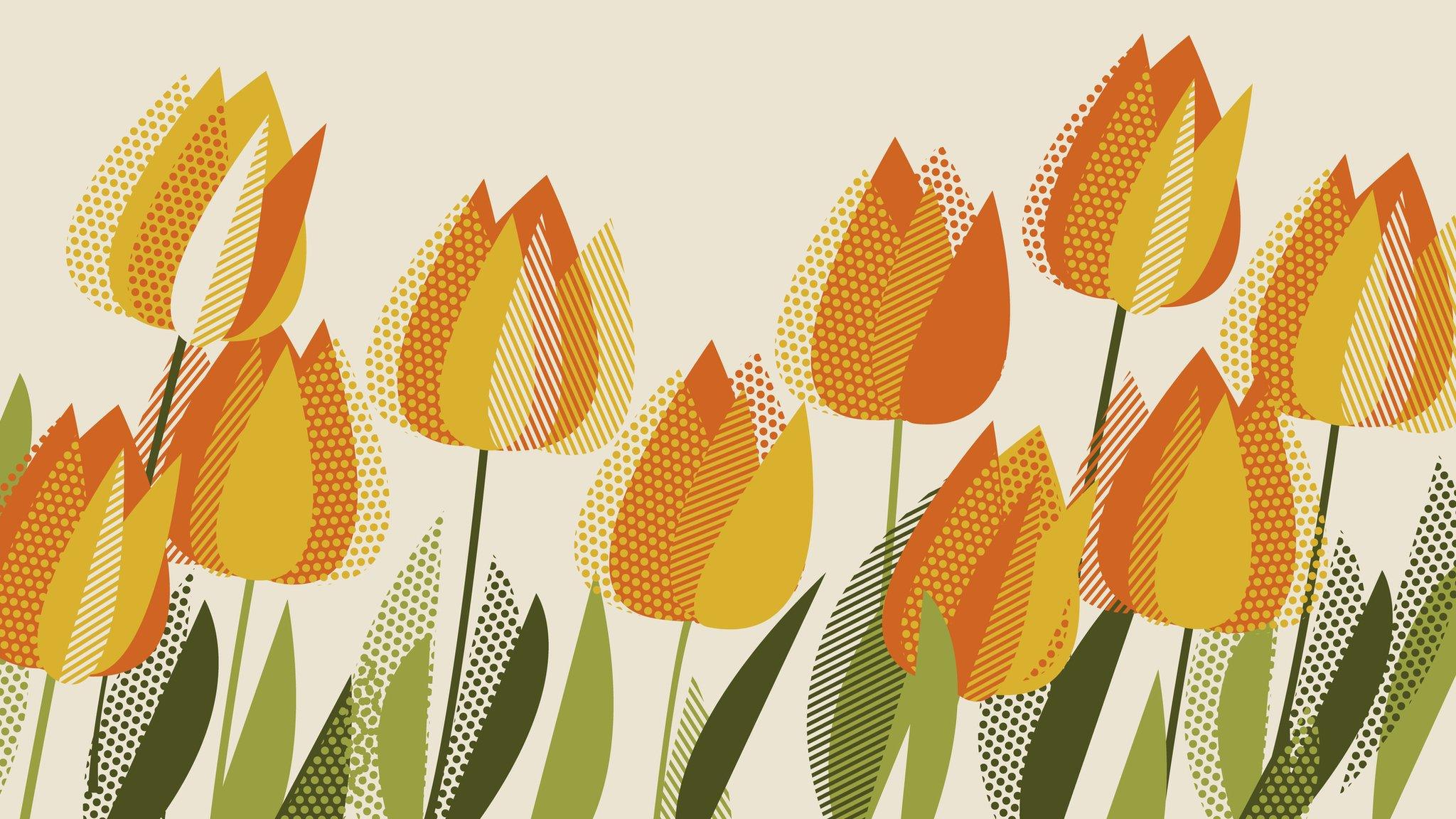
- Published21 September 2021
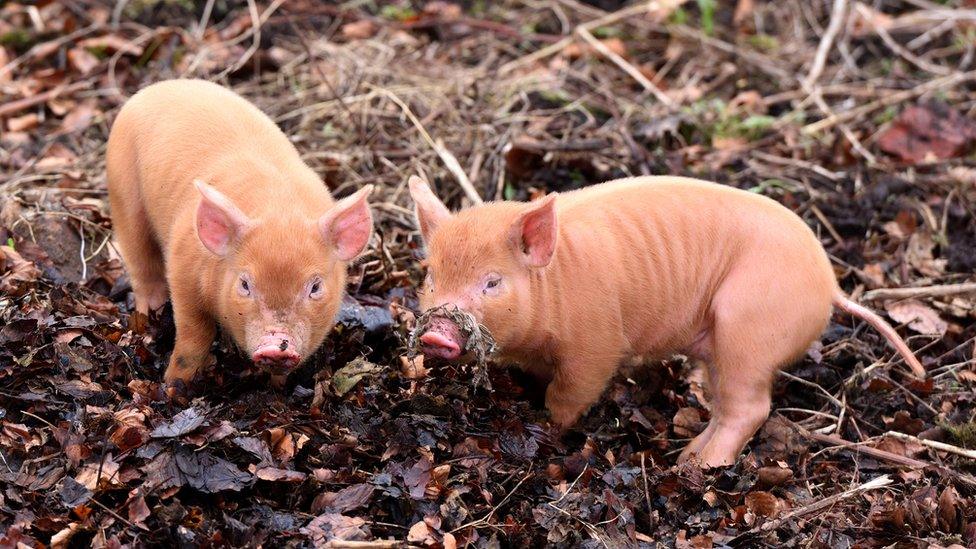
- Published20 April 2021
